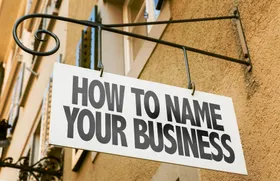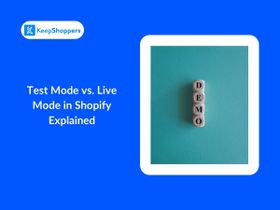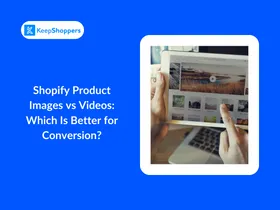eCommerce Answers
Find expert answers to all your eCommerce questions, from learning how to start and scale an online store to apps, tools, marketing strategies, inventory management, and more.
Recent Answers
Is the Keystone Pricing Strategy Right for Your Shopify Store?
The keystone pricing strategy is a simple block pricing formula that dates back many years. It was originally used by brick-and-mortar stores—stores with a physical presence and location. The formula
Asked 4 years ago
How to Find Your Competitor Pricing
Regardless of whether you are selling a product or a service, if you want to compete in the market, you'll need to know your competitors. Knowing your competitors includes knowing what they are sellin
Asked 4 years ago
What Is Geographical Pricing and How Can It Increase Profit?
In order to maximize profit, businesses often adopt different pricing models, and depending on a business's offered products and services, these pricing models will work better in some circumstances t
Asked 4 years ago
Tiered Pricing vs. Volume Pricing: What’s the Difference?
Pricing is one of the most important aspects of any business as it is one of the top factors that influences repeat sales and customer retention. There are two basic pricing strategies: tiered pricing
Asked 4 years ago
The Benefits of Using a Product Review App on Your Shopify Store
There are many ways to increase the conversions on your Shopify store. However, arguably one of the most effective ways is to show social proof of customers who praise your products, service, and bran
Asked 5 years ago
Related Articles

Using AliExpress Product Pictures on Your Shopify Store
Brody Hall
February 10, 2023

The Best Apps for Special Discount Offers on Your Shopify Store
Brody Hall
June 14, 2021

How to Change Your Shopify Store Name and Choose a Better Name
Brody Hall
August 10, 2021

Test Mode vs. Live Mode in Shopify Explained: Key Differences
Jameela Ghann
November 7, 2023

Shopify Product Images vs Videos: Which Is Better for Conversion?
Courtney Sharp
November 14, 2023
Recent Posts
Join KeepShoppers’ Newsletter
Many entrepreneurs have signed up to receive tips, tricks, and news on how to run a successful eCommerce business.
By entering your email, you agree to receive marketing emails. Information is collected in accordance with our Privacy Policy. You can unsubscribe any time.
